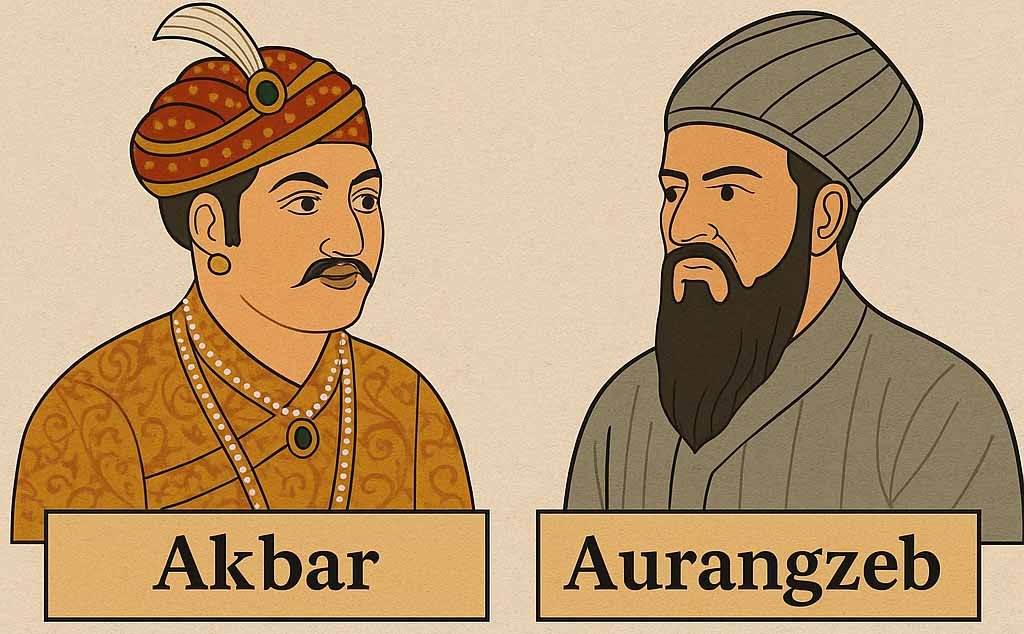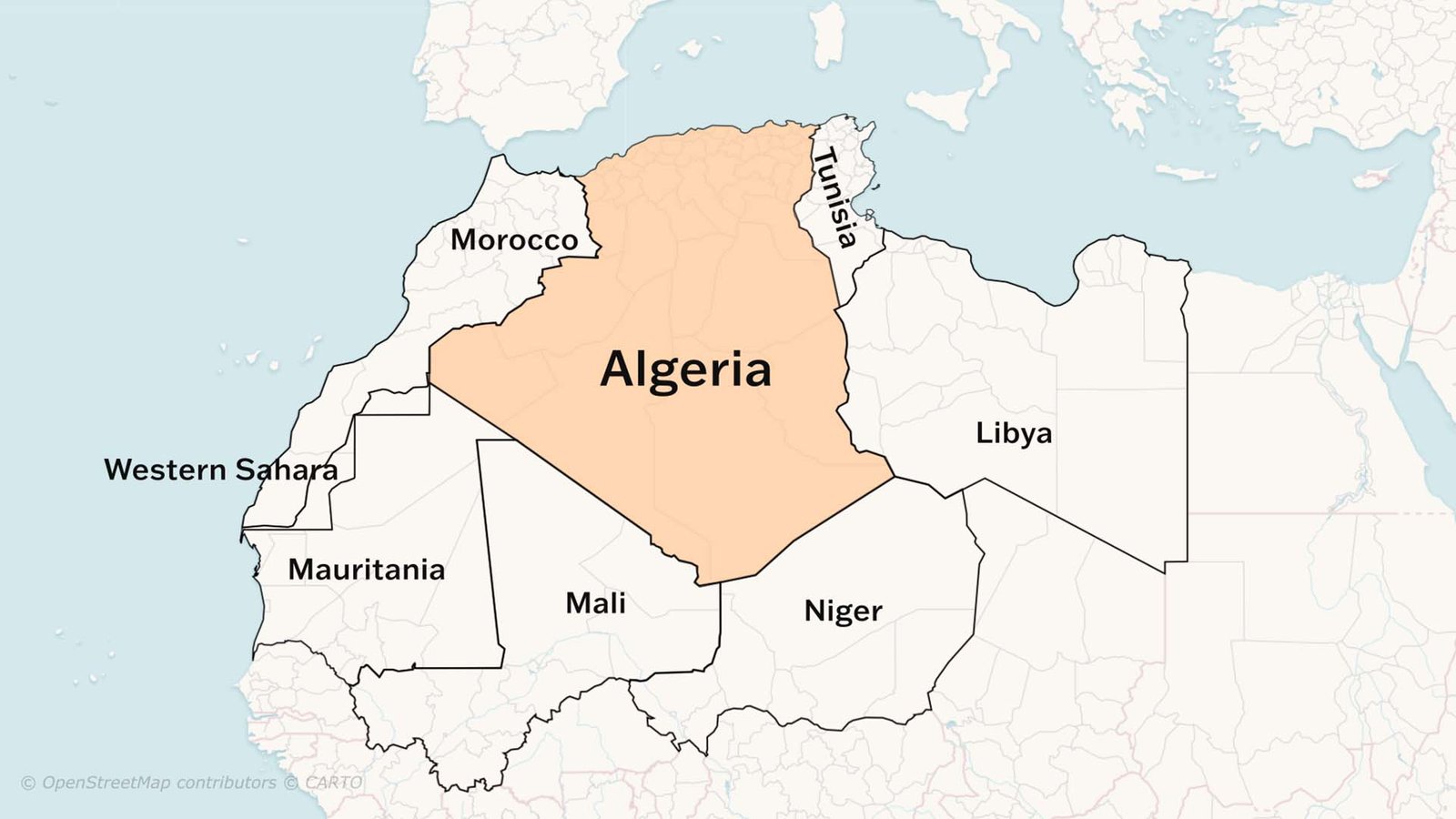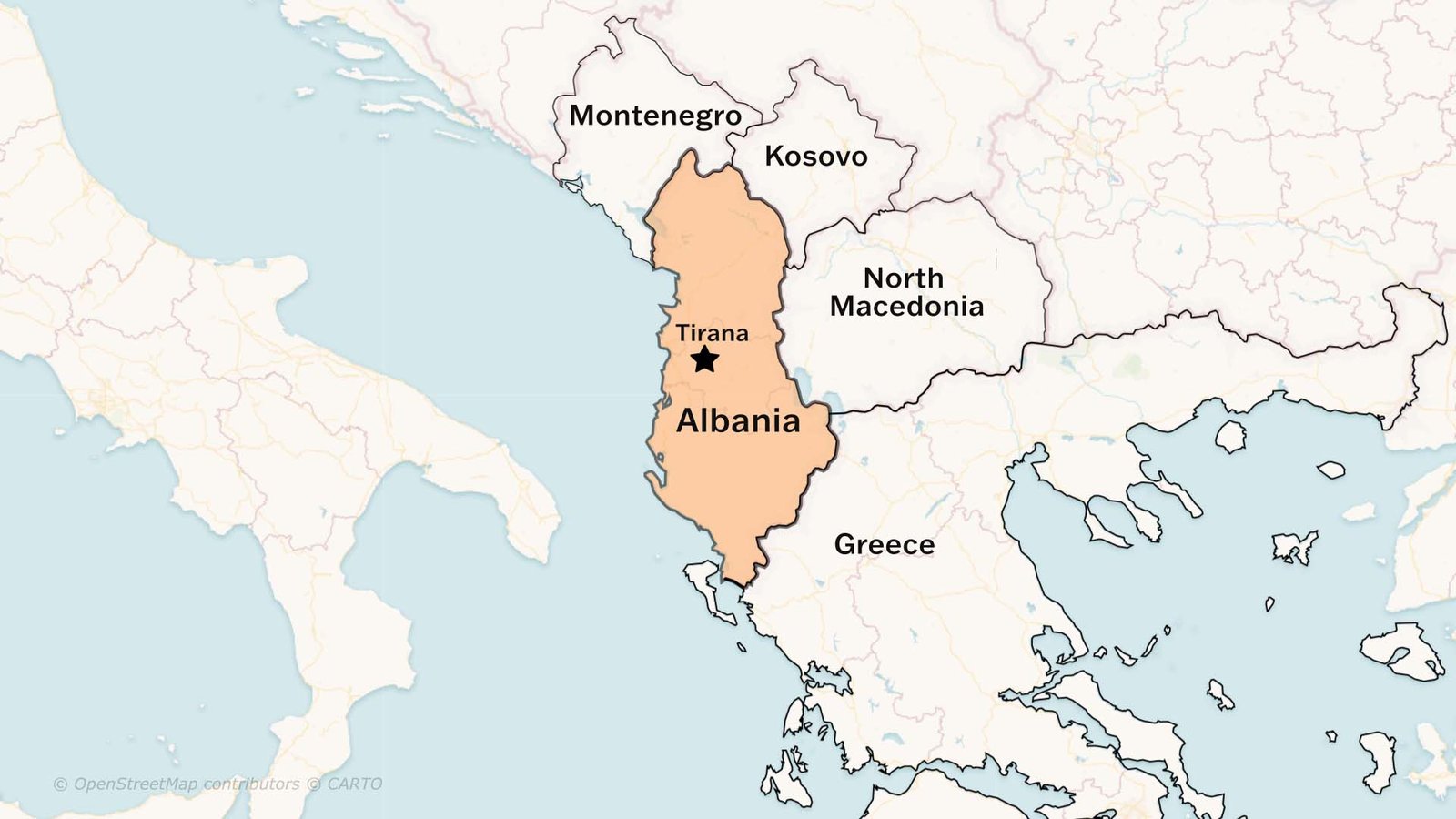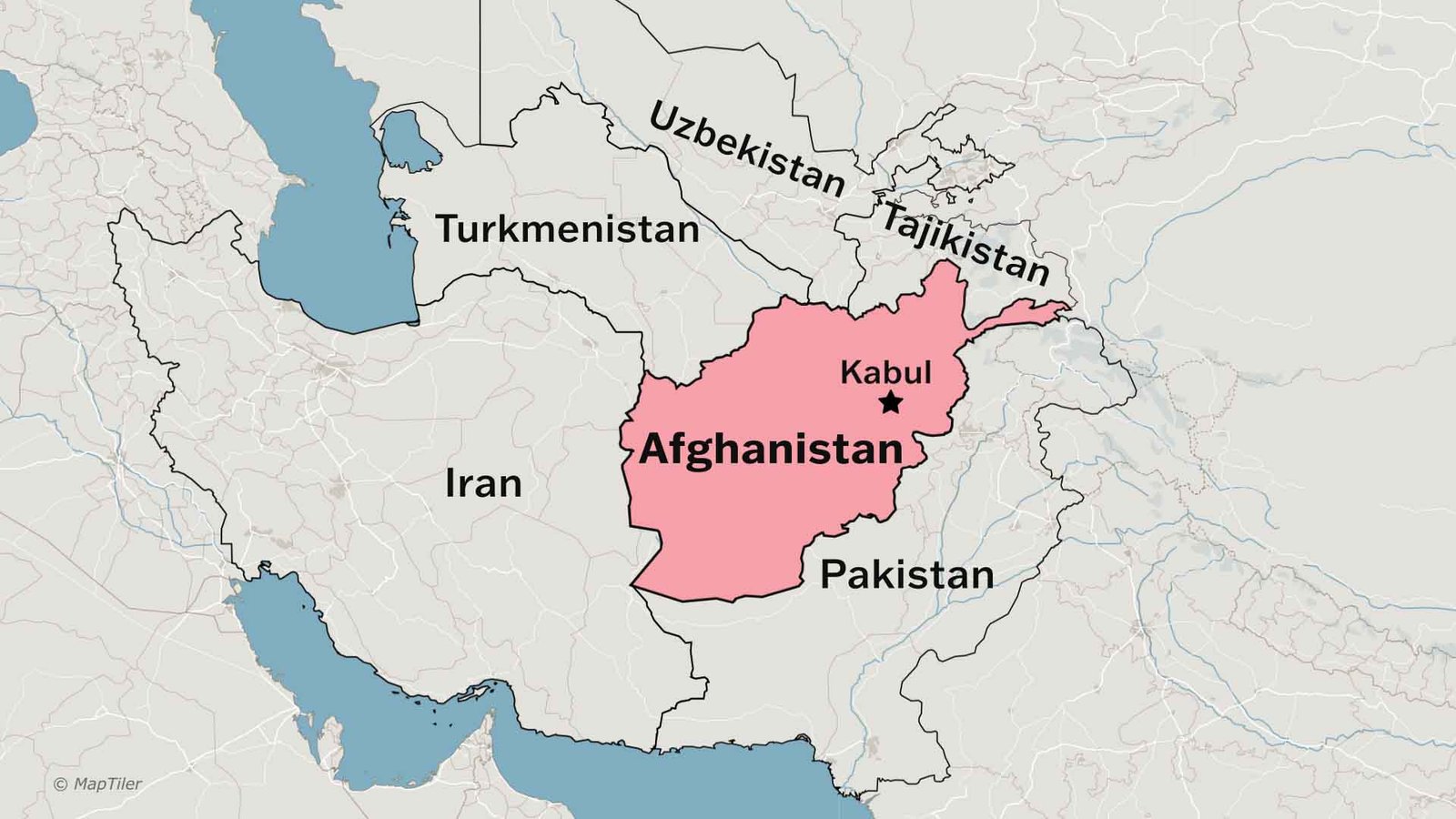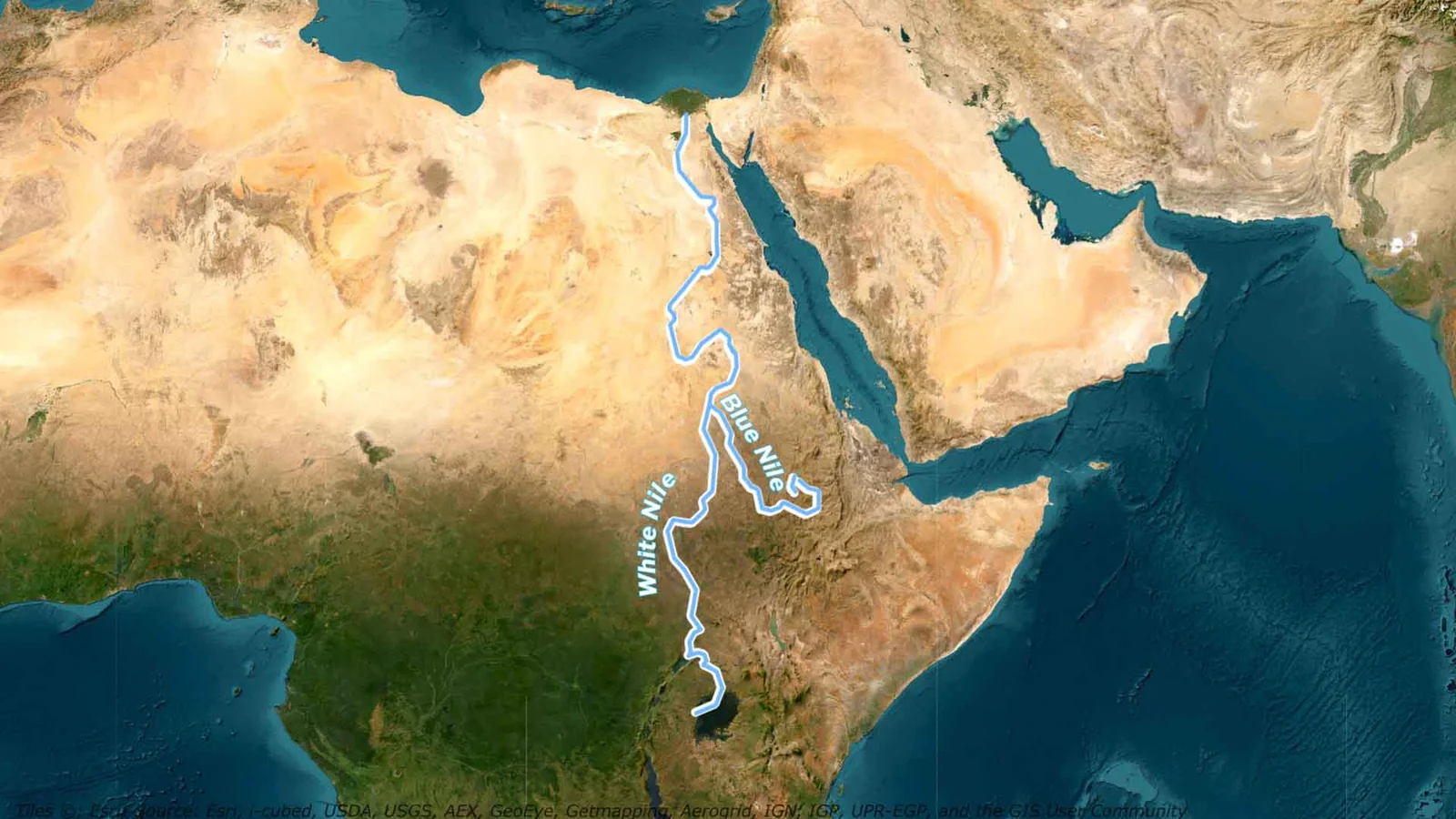Military Campaign of Babur
After Babur came Humayun and then Humayun ka Akbar
Akbar and his policies
Rajput Policy of Akbar
In the beginning, Akbar got formidable resistance from the Rajputs; in this regard, his Rajput Policy was remarkable. The Rajput Policy of Akbar was based on matrimonial alliances, in which he first married the daughter of Raja Bharamal. Raja Bhagwan Das and Raja Man Singh were given formidable positions in the administration. He treated everyone alik,e and this won the heart of Rajputs. They served the Mughals for four generations.
In a situation when the close associates of Akbar revolted against him. Rajputs appeared as a shield. This led to a famous Rajput policy of Badshah. As per modern calculations, the proportion of HINDUS in the nobility under Akbar in 1594 was about 16 per cent. Raja Birbal and Raja Man Sing were close friends of Akbar also Raja Todar Mal was head of the finance department.
Many of them rose to the position of military generals. And almost all Rajput states surrendered to Akbar. But Mewar was the only state which did not surrender to him. Though his Rajput Policy proved beneficial in the long run for the Mughal Empire. It ensured peace in Rajasthan so trade flourished and coffers of the State filled. This cooperation resulted in Economic Prosperity and Cultural renaissance, This was a period of communal harmony. Hindu and Muslim cultures synthesised and flourished together.
It should be noted that the Mughal Empire was a military state at its core. And all the Mughals acted violently towards political foes (whether they were Rajput, Muslim, Hindu, or otherwise)
It is said that the Deccan ulcer ruined Aurangzeb and the Mughal Empire. Let us see how?
The Deccan ulcer ruined Aurangzeb
In the early part of Aurangzeb’s rule he had recruited more Marathas in nobility than any other Mughal ruler, Mughals started taking more interest in Marathas when Jehangir realised that the Marathas were the hub of affairs in the Deccan.
But the biggest pain for Badshah Aurangzeb was the creation of Maratha Swaraj by Raja Shivaji in 1674. When he united the Maratha Saradars for the common cause of Swaraj. In 1680, Chhatrapati Shivaji died of illness, and Sambhaji succeeded him. Sambhaji gave shelter to Akbar II, the rebel son of Aurangzeb. So, this ended the patience of Badshah, and Aurangzeb got angry
So to contain the Marathas, Aurangzeb himself marched to south and eliminated the Adilshahi at Bijapur in 1686 and the Qutubshahi of Golconda in 1687. But this was a political blunder. The virtual buffer between the Marathas and the Mughals was removed. Now, Marathas and Aurangzeb were face to face.
Religious policies of Akbar
Akbar and the Spirit of Tolerance
One of the most remarkable initiatives taken by Emperor Akbar was the promulgation of Din-e-Ilahi (Divine Faith) in 1582. This new religious concept was rooted in belief in one god and incorporated the best teachings of various religions on a rational basis. Akbar was influenced by debates held in the Ibadat Khana, where he observed contradictions and dogmas in different religious doctrines. His aim with Din-e-Ilahi was to bridge these gaps. However, this ambitious spiritual experiment never gained mass appeal. Even during Akbar’s lifetime, the religion had only about fifteen members, including close confidants like Birbal. Importantly, Akbar never imposed it as a state religion or made it compulsory, and it faded away after his death.
Akbar’s Progressive Reforms
Akbar was not only a promoter of interfaith harmony but also a reformer of society. He took bold steps against orthodox practices. For instance, he banned the forceful practice of Sati, especially for child widows whose marriage had not been consummated. He legalised widow remarriage and raised the age of marriage to 14 for girls and 16 for boys. Though not all reforms were widely successful, they reflected the liberal and enlightened nature of Akbar’s administration. Under his rule, the Mughal state transformed into a secular and inclusive empire, fostering religious harmony and cultural growth.
Aurangzeb and the Rise of Orthodoxy
A Ruler Shaped by Rigidity
In stark contrast, Aurangzeb is remembered as a fanatical ruler, shaped deeply by his upbringing under Miya Masoom, who instilled strict orthodox values. Unlike Akbar, Aurangzeb failed to recognize that to rule a diverse country like India, tolerance and pragmatism were essential. Historians argue that Aurangzeb’s policies aimed at transforming India into an Islamic state. He ordered that Quranic verses should not be inscribed on coins, appointed Mutahids (moral teachers) to enforce Islamic conduct, and banned alcohol and narcotics like bhang.
Ban on Art and Public Practices
Aurangzeb enforced cultural and religious puritanism. He banned music, dance, and even musical instruments in court. He ended the practice of Jharokha Darshan, a symbolic public appearance by the emperor, and discontinued the celebration of festivals like Dussehra. Royal astrologers were dismissed, and even the mourning rituals of Muharram were prohibited.
Temple Policies and Religious Intolerance
Initially, Aurangzeb banned the construction of new Hindu temples and repair of old ones. Later, his policy became more aggressive, involving demolition of temples, notably in Mathura and Benaras. However, it is also recorded that he granted jagirs to some temples, likely to appease his Hindu subjects and maintain administrative order.
He reimposed Jizya and pilgrimage tax, which Akbar had abolished. His sectarian bias also led to the invasion of Deccani Sultanates because they were Shia Muslims, while the Mughals were Sunnis. Aurangzeb also executed the Sufi mystic Sarmad and the ninth Sikh Guru, Guru Tegh Bahadur, which antagonized the Sikh community, pushing them towards militarization.
Consequences of Aurangzeb’s Religious Policies
Aurangzeb’s rigid and orthodox policies alienated major communities including Rajputs, Marathas, and Sikhs, turning them into staunch enemies of the Mughal Empire. This shift is often cited as a major factor leading to the decline of the Mughal Empire.
Aurangzeb: The Man Behind the Policies
Quoting Bipan Chandra from Modern India, Aurangzeb was neither weak nor immoral. He lived a disciplined and austere life, avoided extramarital relations, and earned money by copying the Quran for his personal expenses. He was a scholar of Arabic and Persian and a lover of books.
However, his downfall was not due to personal flaws but due to a lack of political, social, and economic insight. He failed to understand the diverse nature of Indian society, unlike Akbar, who built an empire on accommodation and unity.
Structural Weaknesses and the Role of the Nobility
Bipan Chandra further notes that the Mughal nobility had also deteriorated by Aurangzeb’s time. The once efficient, cohesive administrative class had become self-serving and disloyal, further weakening the empire. The organizational strength of the Mughal Empire had hollowed out internally, and Aurangzeb’s policies only worsened the decline.
Aurangzeb’s story is one of personal discipline overshadowed by political miscalculation. Despite his virtues, his failure to accommodate the religious and cultural diversity of India led to widespread dissent and rebellion. Akbar’s inclusive model flourished, while Aurangzeb’s exclusionary policies laid the foundation for disintegration.
Understanding their contrasting policies is crucial to understanding not just the decline of the Mughal Empire, but also the evolution of secularism and religious tolerance in the Indian subcontinent.
Causes of the Downfall of the Mughal Empire
- Fragmented Nobility:The Mughal court was deeply divided among Turani, Irani, Durani, and Deccani nobles. These groups often acted in their own interests rather than serving the empire. Their self-serving agendas created political instability and weakened central authority.
- Aurangzeb’s Orthodox Religious Policies:Aurangzeb’s fanatical and orthodox approach to religion alienated large sections of the population, particularly Hindus, who constituted the majority in the Indian subcontinent. His reimposition of Jizya and persecution of non-Muslim communities fueled dissent.
- Expansionist Military Campaigns in the Deccan:His prolonged military campaigns in the Deccan region, particularly against the Marathas, proved to be a strategic blunder. These wars drained the empire’s treasury and left the Mughal administration overstretched and exhausted.
- Weak Successors and Succession Wars:After Aurangzeb, the Mughal throne was plagued by weak successors and frequent wars of succession. These internal power struggles further emptied the treasury and caused administrative chaos.
- Lack of Military Reforms:The Mughal Empire was essentially a military state. However, no significant military reforms or technological advancements were introduced in the later period, making the Mughal army outdated and less effective against emerging powers.
- Invasions by Nadir Shah and Ahmad Shah Abdali:The invasions in the 18th century by Nadir Shah and Ahmad Shah Abdali caused immense damage. These attacks tarnished the empire’s image, plundered its wealth, and exposed its vulnerabilities to the world.
- Neglect of Naval Power:Perhaps the most critical mistake was the neglect of maritime strength. While European powers like the British, Portuguese, and Dutch were building naval empires, the Mughals failed to control or protect India’s coastlines. This allowed more powerful contenders to establish dominance from the sea.

